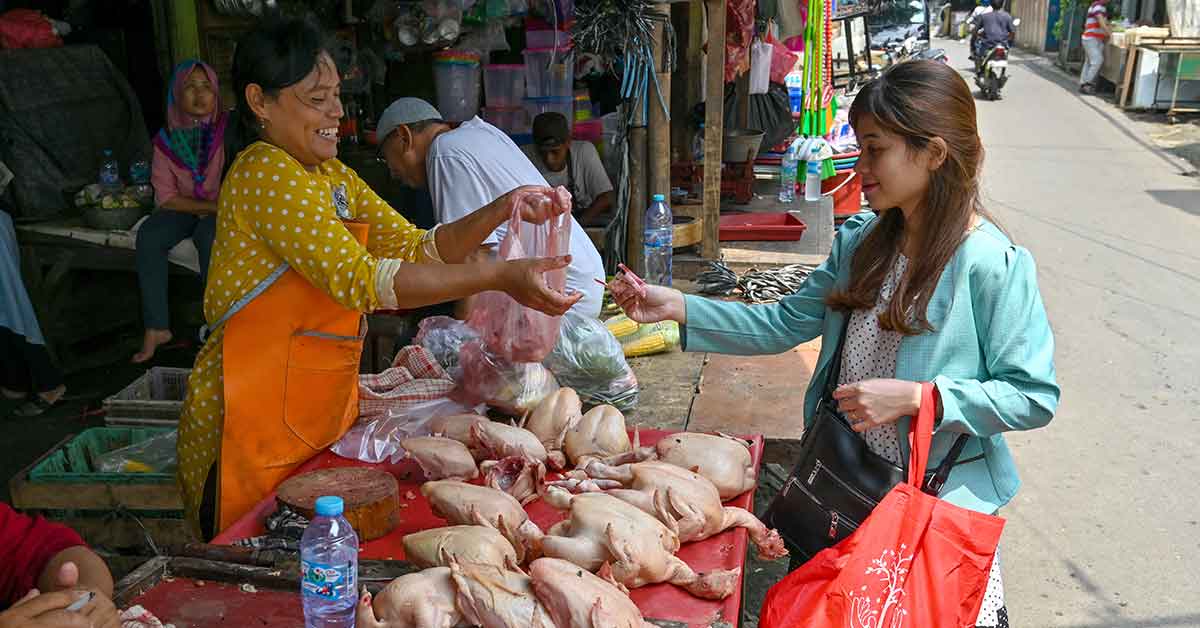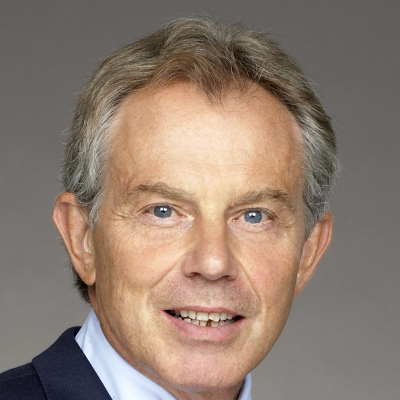Every year, some nine million people worldwide – equivalent to the population of Austria – die of hunger or hunger-related diseases. That is tragic enough, but COVID-19’s disruption of food supply chains risks doubling this number in 2020.
This is the hidden cost of the coronavirus pandemic, and it will fall on the poorest and most vulnerable. To prevent these avoidable deaths, we must first recognise that Africa, South Asia, and other poorer regions cannot go into lockdown or seek to contain the disease by mimicking measures adopted in the West. Instead, they must find their own way to balance the risks of the virus with the risks to livelihoods and lives arising from attempts to defeat it.
Above all, however, the international community must act now to keep food supply chains operating. Otherwise, for the poorest parts of the world, the unintended consequences of the cure will be worse than the disease.
The United Nations (UN) World Food Programme (WFP) has identified 26 countries that are most at risk from increased food insecurity because of the COVID-19 crisis, with Ethiopia, Nigeria, and Mozambique among the most vulnerable in Africa. In these three countries alone, the WFP estimates that 56 million people (out of a combined population of about 334 million) were already chronically food insecure. In addition, of the 1.5 billion children worldwide who are currently out of school because of the pandemic, 350 million depend on school meals to avoid going hungry.
COVID-19 is presenting poorer countries with four main food-security challenges.
For starters, households have less income to buy increasingly expensive food. Per capita output in Sub-Saharan Africa is set to contract by more than four percent in 2020 owing to the pandemic, while remittances from Africans working abroad are plummeting – by 80 percent at one payment company in the United Kingdom (UK). And a household survey in Bangladesh shows that the poor have already seen their incomes drop by a staggering 70 percent; almost half are now reducing their food consumption as a result.
Second, transporting food has become more time-consuming and costlier. Global shipping activity dropped by 25 percent in the first quarter of 2020, while the cost of sending cargo across the Pacific Ocean tripled in March alone. And new hygiene and social-distancing measures are delaying goods clearance and delivery.
Third, the pandemic is disrupting the global supply of agricultural products. Farmers in India have been asked by the Indian Council of Agricultural Research to postpone their wheat harvest until after the lockdown, while countries such as Vietnam and Cambodia are restricting rice exports. This directly affects Africa, which imports US$4.5 billion worth of rice each year.
In addition, food is becoming more expensive as poorer countries struggle to secure foreign currency to pay for imports. For example, rice prices in Nigeria increased by 30 percent in the last week of March, partly because of a steep decline in export revenue following the global oil-price collapse.
There are also mismatches between supply and demand. In the UK, five million litres of milk are at risk of being thrown away every week because of reduced restaurant demand. But this surplus could instead have been turned into powdered milk and exported to where it was needed.
Finally, COVID-19 is affecting farming and food availability in markets, as inputs remain scarce and vital agrochemicals are delayed in ports and at customs checkpoints. The World Bank estimates that agricultural production in Africa could decline by up to seven percent in 2020, depending on the extent of trade blockages.
Given these challenges, governments should provide cash transfers and safe food distribution channels to ensure that vulnerable citizens are protected. Crucially, policymakers need to focus on clearing logistics bottlenecks in both, domestic and international value chains, so that food can move freely between and within countries. Furthermore, investing in the planting season now will boost countries’ adoption of technological solutions and reduce their reliance on food imports.
At the global level, four types of action are needed.
First, the international community must increase funding for food-relief and social-protection measures. This support must come quickly, because otherwise the eventual bill will be larger as famine spreads and agricultural systems’ viability is undermined.
The second priority is to invest in local agricultural production. Disruptions to local and regional food-production systems should be mitigated swiftly, particularly at critical times in the planting season, when the distribution of inputs such as fertiliser is crucial. Other investments should aim to help poorer countries build up three months’ worth of strategic food reserves, as the Alliance for a Green Revolution in Africa (AGRA) recently recommended. And supporting market systems for food and non-food crops alike would help poorer countries to become more resilient.
Third, we must alleviate disruptions to global food and agricultural produce supply chains by supporting regional and local logistics hubs. The WFP is best placed to coordinate such hubs and needs US$350 million immediately for that purpose. That is not a lot of money to ensure that food goes quickly to where it is needed most.
Finally, we need to incentivise the private sector to fund agro-processing and agtech companies. Resources should be channelled rapidly toward investment opportunities that are emerging as a result of the pandemic, especially for innovative value-chain solutions. Priorities include supporting e-commerce and e-market platforms in developing countries – especially in Africa – and propping up food processing.
Commercial travel, workplace arrangements, and much else are already affected by COVID-19. The pandemic creates an opportunity to transform food systems as well. The new partnership in Kenya between the African online retailer Jumia and Twiga, an e-market platform for local farmers, is a great example of what can be done.
Protecting food supply chains is the vital missing element of an effective COVID-19 strategy. While the challenges involved are huge, they can be solved through global partnerships, particularly among the private sector, governments, development banks, non-governmental organisations (NGOs), and farmers’ organisations. But these solutions must be implemented rapidly if we are to prevent a catastrophic food crisis in developing countries.
Related articles:

